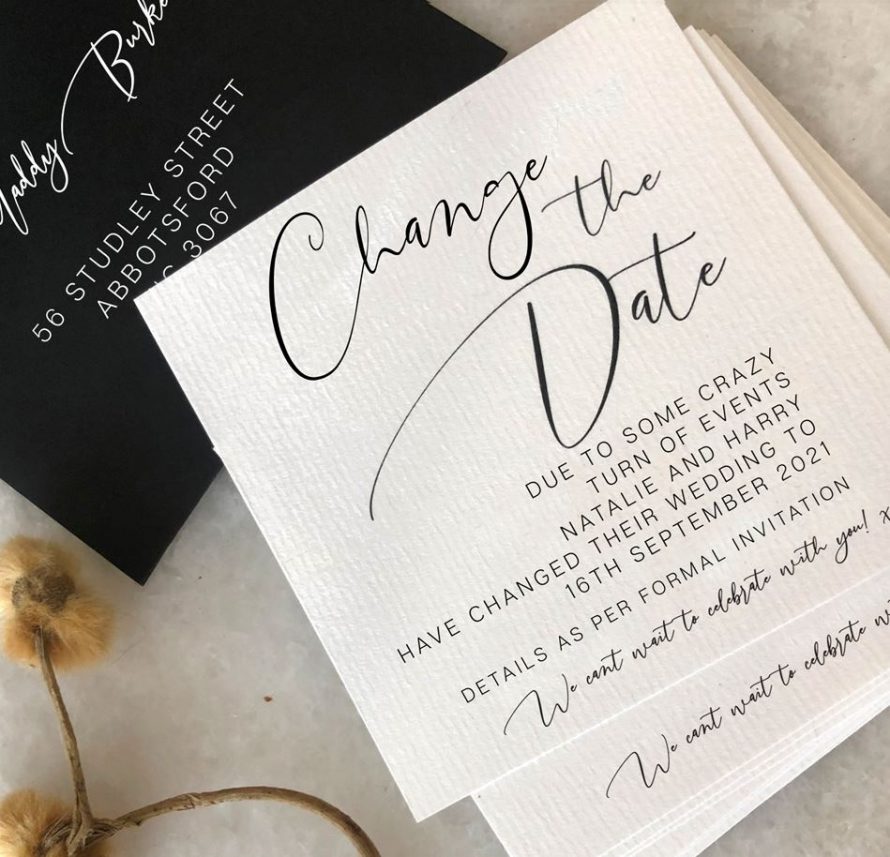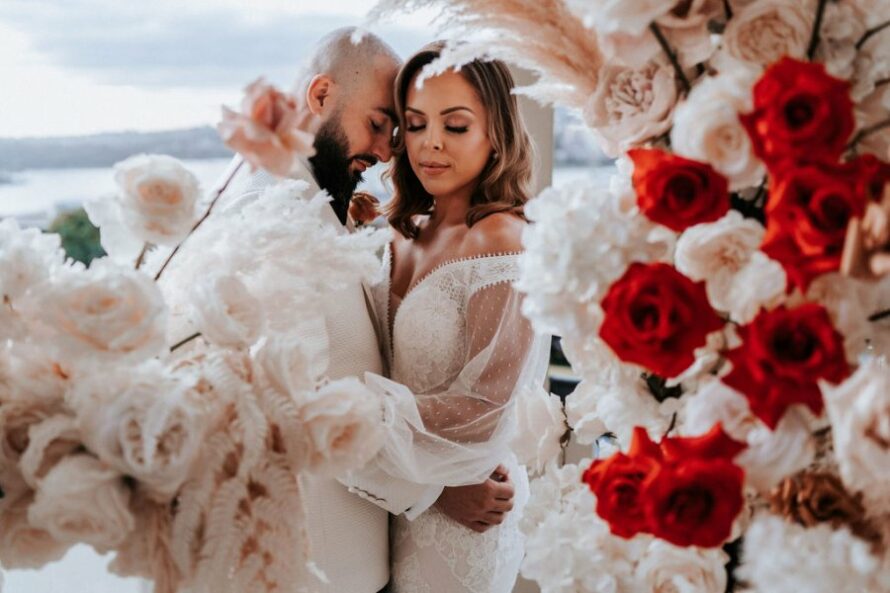Elopements and small weddings are not new to the wedding scene. For years, couples have been celebrating their weddings with just those intimate few people who are most important to them.
However, when an elopement or small wedding is forced on you, it can be a different story. We know that many of you are making the hard decision whether to postpone your weddings or go ahead with a smaller group. The current COVID-19 restrictions on weddings say that a wedding can have no more than 5 people; that’s you, your spouse-to-be, your celebrant, and two witnesses.
We know that it can be incredibly hard to choose those two witnesses who are going to be with you on the day. Not just on you, but on the guests who have been looking forward to your big day as well. That’s where virtual weddings or steaming your wedding can come in.
Many couples are still choosing to go ahead with their big day; just in a smaller way. But there’s no reason for your guests not to get involved! Streaming your wedding is a great way to celebrate the day and still involve all your nearest and dearest.
So if you’re looking into how you can stream or host a virtual wedding, we have some tips for you.

First, choose your preferred platform
There are so many platforms that are available for you to host your wedding easily and for free. The platform you use comes down to ease-of-use for you and your guests, as well as personal preference.
One of our favourite ways of streaming your wedding is through a Facebook Live in a private group. Creating a private group is a way to keep everyone up-to-date with the details and how everything works. If all your guests have a Facebook account, this could be an easy way to go with a platform they already know and use. However, this is a one-way platform and the only way you’ll be able to communicate with your guests is through the comment options.
Another great option is through video conferencing software Zoom (who else wishes they’d bought shares in Zoom 12 months ago?!). The only person who requires a Zoom account is the person who has set the video streaming up. It then gives you a link to share with family and friends that they can access whether they have an account or not. Zoom allows you to see a number of people through their grid view which could be a great option if you want to be able to see all your guests on the day. However, due to privacy reasons each user has to be admitted into the Zoom conference call when they jump on board which means someone manually accepting them on the day.
There are many other platforms to use such as Google Hangouts, Skype, Discord and more. So whatever platforms you’re using for work or play, consider which could be suitable for you and your guests.

Then, it’s time to invite your guests
Once you’ve decided which platform you’re using it’s time to let your guests know of your plans! If you haven’t already sent them an ‘unsave the date’ or notice about postponing your wedding you can send these in the one invite.
It could be a physical invite you work on with your stationery supplier, a Facebook event, or a virtual invite through email. Whatever you choose make sure you include the main details such as time, platform, and how they can get onto that platform.
Have fun with your invitation. Give your guests fun details like where your physical ceremony is going to be or whether you’ll be wearing something different to what you had originally planned. Don’t forget the dress code! Just because we’re at home doesn’t mean we can’t get dressed up. A glass of bubbles to celebrate could also be encouraged.
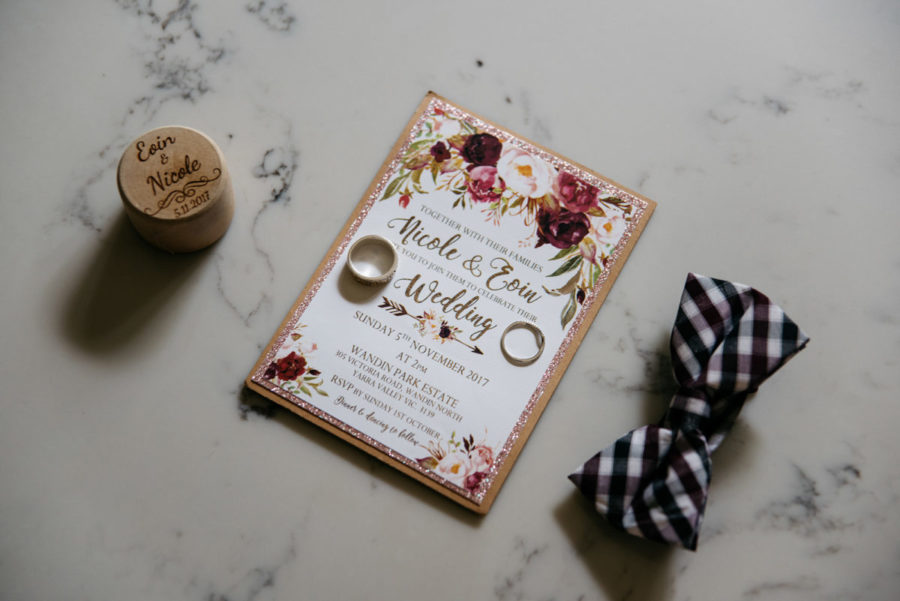
Provide tech support to guests in advance
It doesn’t matter how technically savvy they are; there is always one person who doesn’t know how to get something working. Send out details of how to use your preferred platform when you send out your invitations to filter any questions people might have in advance.
Important details to include are:
- How the platform works (ie will they see everyone or just you)
- Whether they need to create an account in advance
- Whether they need audio or visual enabled
Also let them know how it’s going to work on the day. Is there going to be 10 minutes for people to join before the ceremony starts? Will everything start straight away? The last thing you want is people messaging you questions about why they can’t hear anything when there’s actually nothing happening.
On that note, allocate someone to answer tech questions and be available to your guests. It could be a member of your wedding party who is happy to help or even one of your witnesses. This will field tech questions from you to them. After all, it’s still your wedding day so don’t be afraid to delegate!

Check to make sure your own tech is working
Now you have the tech for your guests under control it’s time to test your own tech. You want to make sure you have a strong internet connection, high-quality video and strong audio that can pick up your vows from a distance.
You also want to decide how you’re going to stream the wedding. Will it be through your phone? Your laptop? A camera setup? Making sure you test all of this in advance will mean less stress for you on the day.

Check how you frame the shot
Think about how a guest usually views a wedding to think about how to frame it on camera. They’re usually facing your celebrant front-on, while you as the couple would be on the side.
How close or far away you can get is going to depend on your audio quality so practice this at home beforehand. You want the camera to be close enough that guests can see the emotion on your face. But you also want to be far enough away to give them a decent view of the two of you and what you might be wearing.
Once you have the framing and the distance set, it’s time to think about the height level. Guests would usually be sitting during a ceremony so if you don’t have a tripod then a table could be a good height option. Just make sure whatever surface you use is stable.
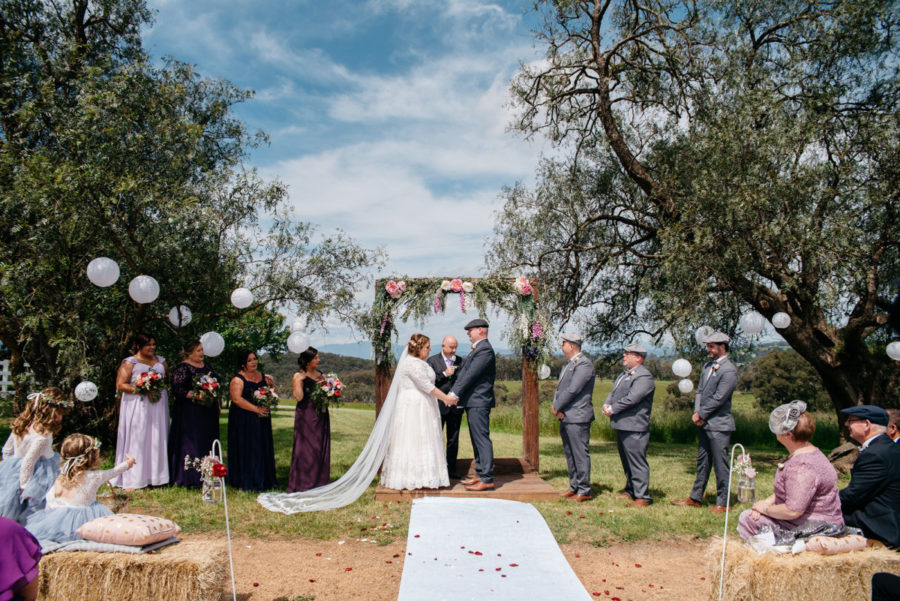
Don’t be afraid to mute people
If you’re using a two-way platform, don’t be afraid to mute your guests during your ceremony. While we have no doubt that they’ll be watching your ceremony intently, you never know what background noise is going to pop up. You can always unmute them for the celebrations afterwards.
Is one of the kids throwing a tantrum? Has the dog seen a possum? Did the washing machine just start singing in the middle of your vows? Who knows? Not you because all your guests are on mute.
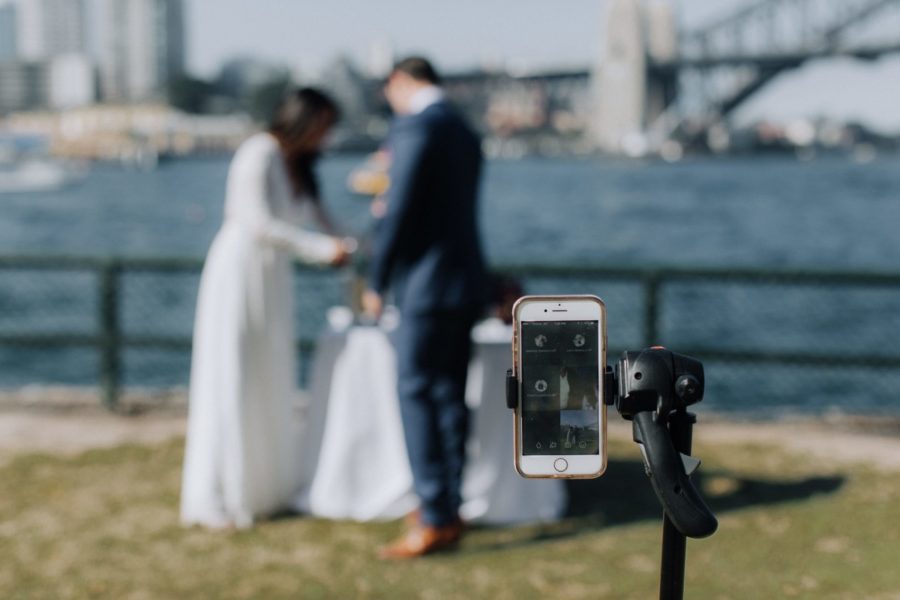
Ask your celebrant for advice
Your marriage celebrant is going through the ups and downs of changes to your wedding with you. So they are there to help! Ask them if they’ve ever done a virtual wedding and what advice they might have going forward.
Your celebrant is also a great resource if you want to involve your guests in the day more. If you initially planned on having readings at your wedding then you can still do this. Your guest might just be doing a reading virtually.
Words of encouragement from your guests or even toasts before or after the ceremony are also lovely ways to get important people involved if they might not be there in person.
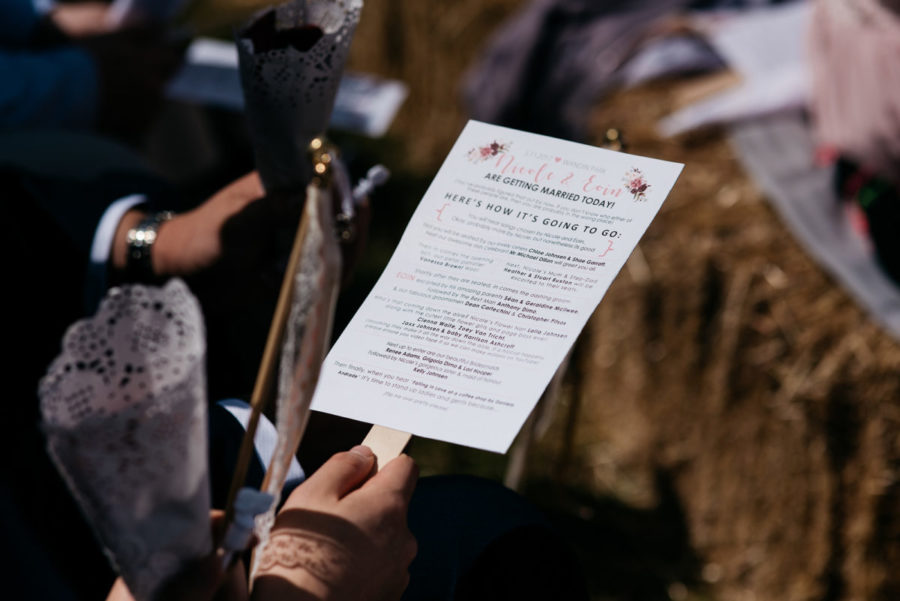
Test, test, TEST!
You might have noticed us saying this before, but that’s because it’s so important! Not just to make sure that everything is working but also to give you some relief that it will work.
A test call is a great way to iron out the kinks and see what is or isn’t possible. You can even have some fun with your testing by making it a virtual hen or bucks party ahead of the day. There’s no reason that technology can’t be fun!
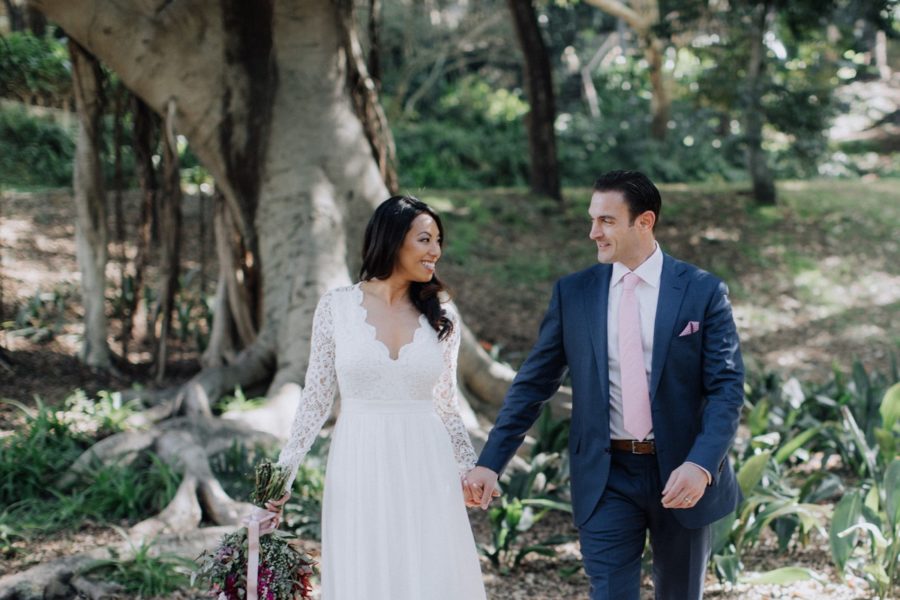
If in doubt, hire a professional
If you really want to stream your wedding but are worried about how it will all go on the day, then don’t be afraid to get someone to do it for you. Most wedding videographers will be able to provide high-quality live streams to your guests and manage everything for you.
They can act as one of your two witnesses and you’ll be able to get a professional stream and even a professional video after the day. This could be a great keepsake of your ceremony and could even be shared if you are having a postponed reception at a later time.
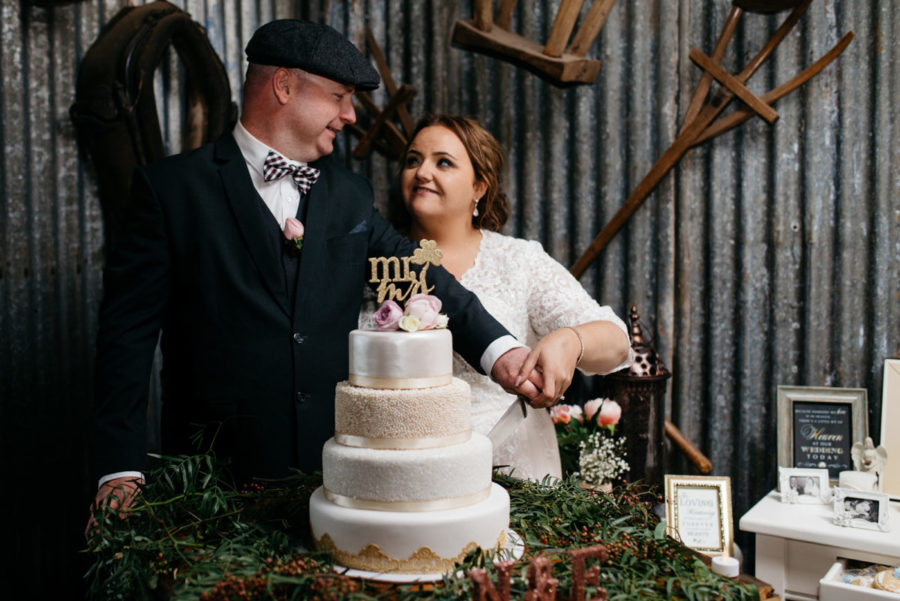
If you’re in the Sydney area Deppicto is offering live streaming specials

